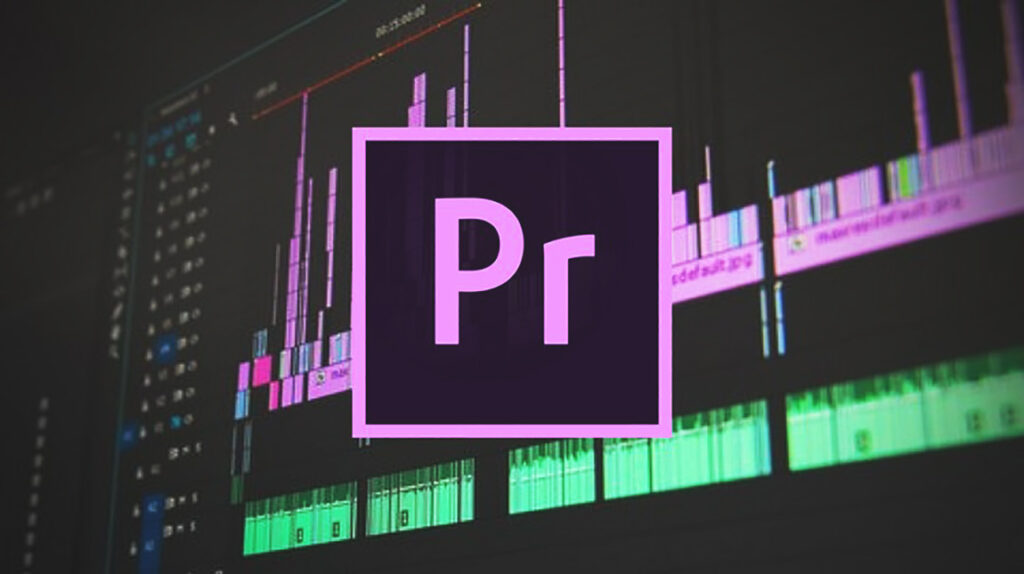Adobe Premiere Pro

Adobe Premiere Pro
Adobe Premiere Pro is a timeline-based video editing software application developed by Adobe Inc. and published as part of the Adobe Creative Cloud licensing program. First launched in 2003, Adobe Premiere Pro is a successor of Adobe Premiere (first launched in 1991). It is geared towards professional video editing, while its sibling, Adobe Premiere Elements, targets the consumer market.
Adobe Premiere Pro is the video processing program of choice for professionals, especially those who like to experiment. This program is widely used by companies making Film/Soap operas, Broadcasting, and Television. One of them is the BBC[2] and The Tonight Show.[3] It has been used frequently for films, such as Dust to Glory, Captain Abu Raed,[4] and Superman Returns,[5] and for other venues such as Madonna's Confessions Tour.[6]Adobe Premiere Pro has around 45 video effects and videos. 12 audio effects, which can change the display pattern and animate video and audio clips. Some effects require a high-quality graphics card. However, of the 45 effects, only 3 effects require a high-class graphics card (eg AMD or NVIDIA) to be applied to video clips. You can also add products from third parties that support Adobe Premiere Pro. In addition, Adobe Premiere Pro also has 30 kinds of transitions (switching between clips) so that the next music video clip is more dynamic. Just like effects, some transitions also require a high-quality graphics card like AMD or NVIDIA. There are 5 transitions that require an AMD or NVIDIA graphics card to apply.

User Adobe Peremiere Pro
Adobe Premiere Pro has important features, including Capture Monitor, Trim Monitor, and Titler Monitor. In Adobe Premiere Pro video effects there are Keyframes like those found in Adobe After Effects (the way to animate them is also almost the same). In Titler, you can create title text and change the properties of that text such as changing the shape of the letters, giving and changing colors, giving contours, outlines, creating motion animations or moving text animations (roll and/or crawl), it can also be used to give flat shapes to make the video title/text look more attractive. The last stage is to export/output/save the project in the form of video and distribute it to various media that can display video formats.
Premiere Pro supports high resolution video editing at up to 10,240 × 8,192[11] resolution, at up to 32 bits per channel color, in both RGB and YUV. Audio sample-level editing, VST audio plug-in support, and 5.1 surround sound mixing are available. Premiere Pro's plug-in architecture enables it to import and export formats beyond those supported by QuickTime or DirectShow, supporting a wide variety of video and audio file formats and codecs on both MacOS and Windows. When used with CineForm's Neo line of plug-ins, it supports 3D editing with the ability to view 3D material using 2D monitors, while making individual left and right eye adjustments. Premiere Pro can be used for all common video editing tasks necessary for producing broadcast-quality, high-definition video. It can be used to import video, audio and graphics, and is used to create new, edited versions of video which can be exported to the medium and format necessary for the distribution. When creating videos using Premiere Pro, various video and still images can be edited together. Titles can be added to videos, and filters can be applied along with other effects. Premiere Pro was very well received at launch in the film and video industry, seeing use in films such as Superman Returns, Dust to Glory[12] (for video capture processing), and also in places such as Madonna's Confessions Tour.
Windows

Komentar
Posting Komentar